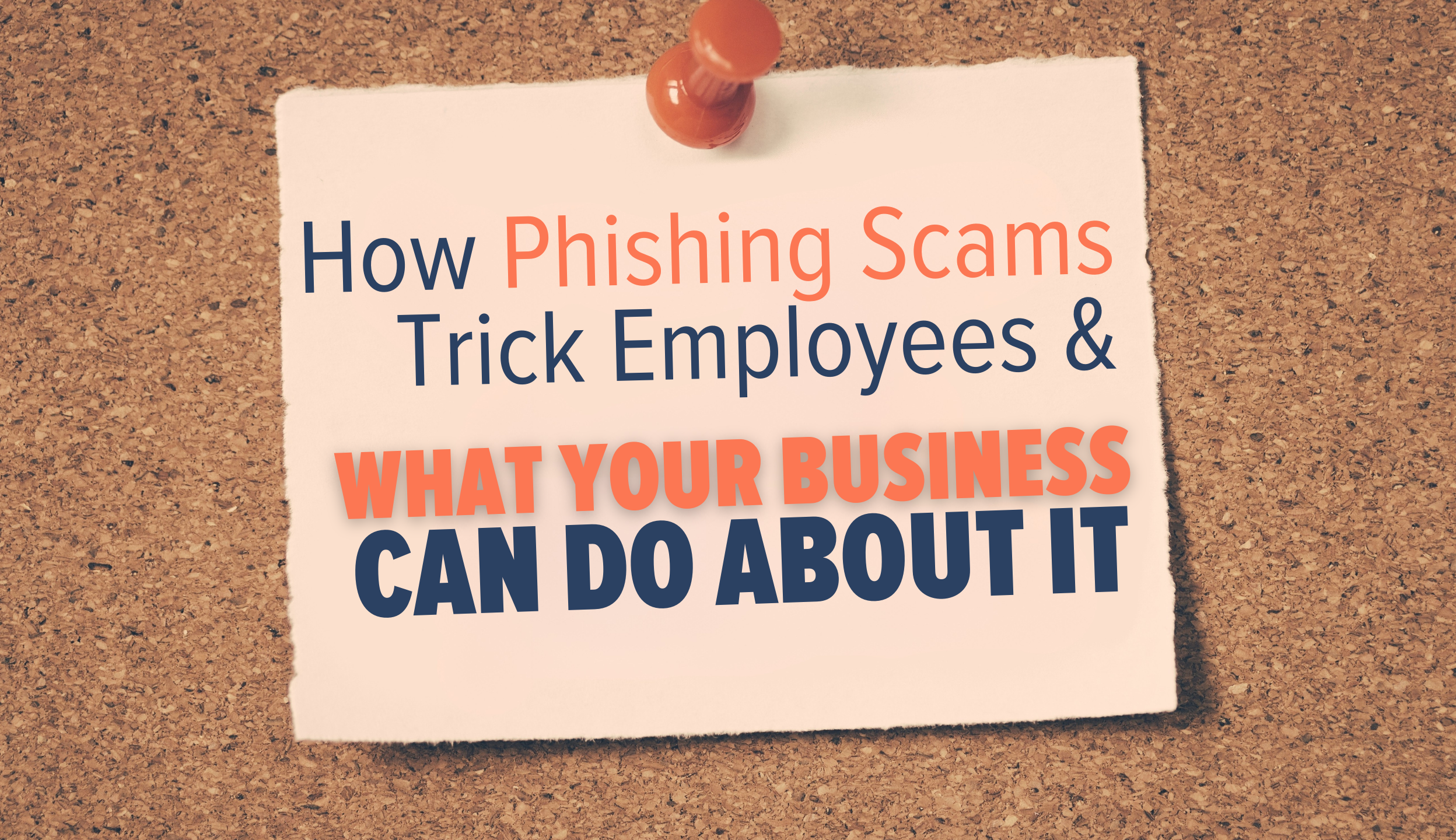How Phishing Scams Trick Employees—and What Your Business Can Do About It
When it comes to cybersecurity, the real danger isn’t always a lack of knowledge—it’s overconfidence. And that’s exactly how phishing scams trick employees.
Most staff believe they’re smart enough to spot suspicious emails. They’ve heard the warnings, they know what phishing is, and they’re sure they wouldn’t fall for a scam.
But that’s the risk.
Cyber criminals are counting on confidence. And with increasingly clever tactics—like fake invoices, spoofed internal messages, and cloned bank alerts—phishing emails are no longer easy to spot.
Recent studies show that 86% of employees believe they can identify a phishing email… yet more than half have clicked on one.
Why does this happen?
Because phishing attacks now use:
-
Emails that look like internal communication
-
Fake invoices from real vendors
-
Password alerts or bank requests that appear legitimate
The most dangerous mindset is “I’d never fall for that.”
It’s what psychologists call the Dunning-Kruger effect—when people overestimate their own ability. In cybersecurity, this can mean employees skip basic precautions, like checking the sender or hovering over a link.
That’s how phishing scams trick employees—by making the message look ordinary and relying on false confidence to lower defenses.
What can you do to protect your business?
Start with two key moves:
-
Provide ongoing phishing awareness training
Not just a one-time course, but recurring, updated training to reflect current threats. -
Create a supportive security culture
Make it easy for employees to report suspicious activity. If they feel ashamed or unsure, they may say nothing—and that silence gives scammers the upper hand.
Cybersecurity isn’t about intelligence. It’s about vigilance.
Even tech-savvy employees can be fooled by a clever scam. Protect your business by creating a culture where everyone stays alert—not just confident.
Need help building a stronger defense? We help businesses just like yours prepare for modern cyber threats.










